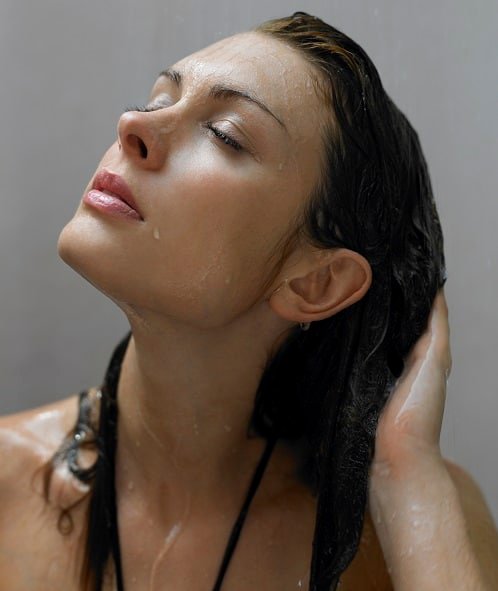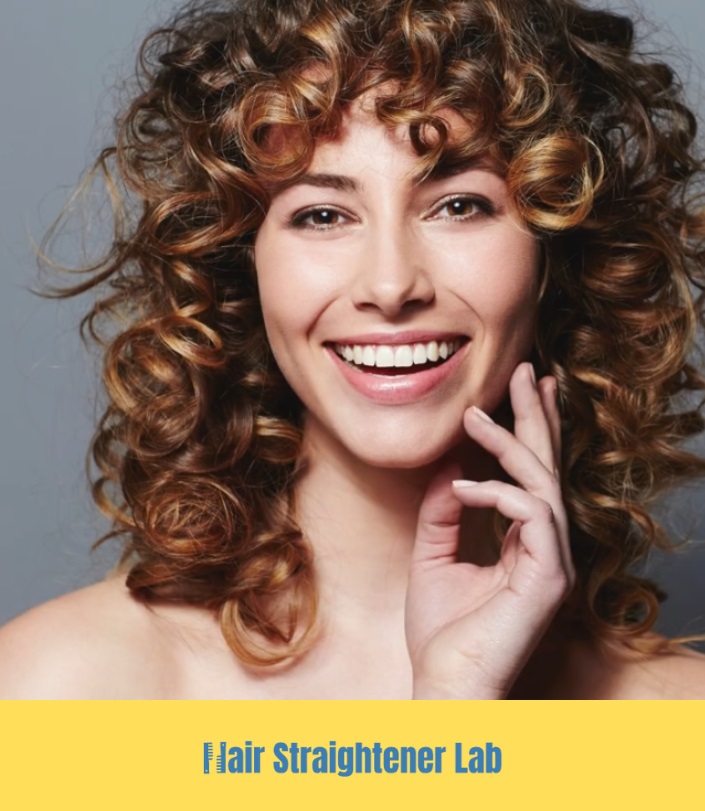As an Amazon Associate I earn from qualifying purchases. Learn More
Rebounding your hair is one way to say bye to your hair woes and hello to sleek hair! But alas, the issue for most people is finding the best way to take care of their rebonded hair.
We have compiled steps and tips to help you ensure that your rebonded hair is healthy and lasts for a long time. Read on to find out.
What is Hair Rebonding?
Before we rush off to explore ways to care for rebonded hair, let us look at what hair rebonding is. Hair rebonding is a technique that helps you enjoy smooth straight tresses. The treatment is composed of chemicals that alter the natural bonds of your curly hair.
Rebonding breaks down the natural bonds in your hair and rearranges them to create a straight effect.
Hair rebonding treatment is semi-permanent, so you will need to touch up your hair once in three months or six months at most. The frequency of your rebonding treatment depends on how quickly your hair grows.
How to Take Care of Your Hair After Rebonding?
Before you hurry to rebond your hair, we advise that you learn how to care for it because hair rebounding can leave your hair weak.
Because the chemicals used are harsh, you can end up experiencing breakage and mild to severe hair loss. So here are some great ways to take care of your hair after rebonding.
Related: How To Get Super Straight Sleek Hair
Treat Your Hair With Caution
We advise that you refrain from manipulating your hair so much in the first month after rebonding. Leave your hair alone, do not tuck it behind your ears, or attempt to pack it in a bun.
Don’t Wash Your Hair for At Least 3 Days After

After your rebonding procedure, we advise you not to wash your hair for at least three days. After three days, you can shampoo your hair with a mild shampoo and a clarifying shampoo at least once a month.
Never Wash Your Hair With Hot Water
Hot water is not your friend, especially after a hair rebonding procedure. Use warm or cold water to wash your hair instead.
Related: Hair Straightening Vs Hair Smoothing: Differences, Side Effects, and Maintenance Tips
Condition Your Tresses
Make sure you condition your hair generously. Use a leave-in condition when you have to go out. We recommend lightweight conditioners because they do not weigh down your hair.
Comb with a Wide-Teeth Comb
Use a wide-teeth comb to comb your strands and not brush. Using a brush may damage your already fragile hair.
Keep Your Hair in a Protective Style
Protective styles help protect your strands from harsh environmental conditions that can cause your hair to break. So rock your protective style and avoid manipulating your hair so much.
How Can I Rebond My Hair?
If you believe you can take care of rebonded hair, you can proceed with the procedure. Here is how you can rebond your hair.
Related: How to Stop Static Hair After Straightening
Prep Your Hair
The first step to rebonding your hair is prepping your hair. Wash your hair thoroughly with a mild shampoo and blow dry with a medium heat hairdryer.
Section Your Hair
Divide your hair into small, even sections. For thin hair, you can make three sections. If your hair is thick and coarse, divide it into four or five sections. Then, you can apply the cream to the base of your hair.
Apply the Cream Relaxer
Apply the cream relaxer to each section of your hair. Rub the relaxant on every strand of your hair.
For best results, ensure that each section gets an even amount of this softener. Allow the cream relaxer to set and break the bonds.
Depending on your hair texture, you can leave it on for 30-40 minutes.
Steam & Blow Dry
Steam your hair for at least 30 minutes. If you have thick hair, you can steam for up to 40 minutes. Rinse the mixture off and blow-dry.
Apply the Keratin Lotion
Once your hair is dry, apply the keratin lotion to smoothen any leftover curls. Once your hair is perfectly straight, proceed to the next step.
Apply the Neutralizer
After your keratin lotion, apply the neutralizer. The neutralizer helps to stabilize the broken bonds and form new ones. Leave it on for at least 30 minutes then, rinse your hair and blow-dry it again. When it is dry, apply a nourishing serum all over it.
Straighten with Your Flat Iron
The last step in the rebonding treatment is going over your hair with a straightening iron. That way, we guarantee you straight hair for a long time.
What are the Pros and Cons of Rebonding Hair?
Like all hair straightening hair treatments, rebonding comes with pros and cons. Let us look at some of them.
Frequently Asked Questions
How Long Does Rebonded Hair Last?
Is Hair Straightening the Same as Hair Rebonding?
On the other hand, hair straightening is a physical treatment that you can do at home with a flat iron or a hair straightener.
Hair rebonding is semi-permanent, while hair straightening is a temporary procedure.
Is It Safe To Rebond Hair While Pregnant?
Conclusion
Hair rebonding can leave you with weakened hair strands, so you must take care of your hair after the procedure. Take care of your rebonded hair by following the tips in this article. We trust you to do a great job of it.
